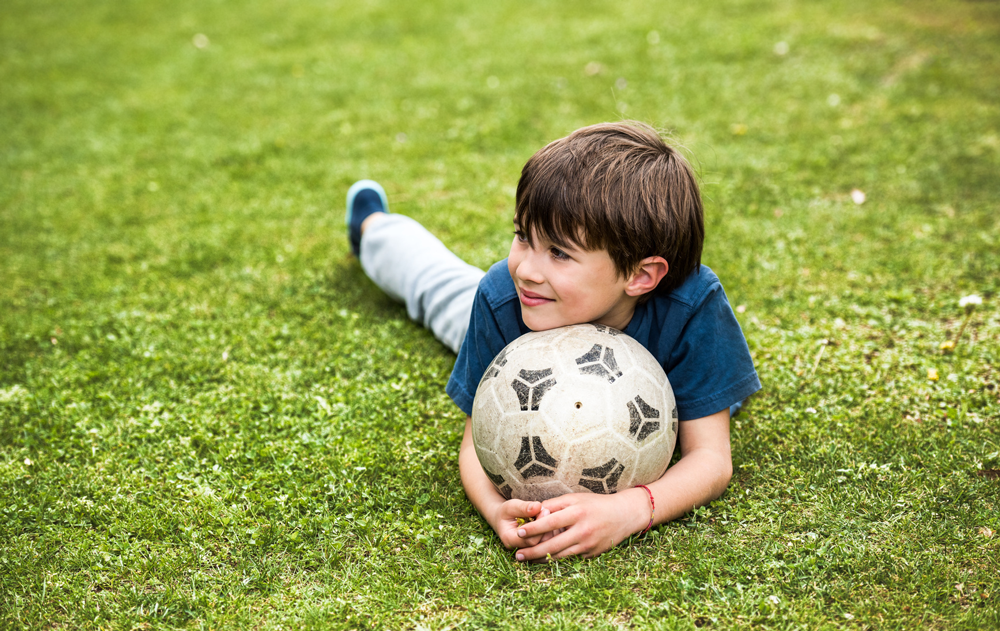Physical activity may decrease stereotypies


Stereotypies are repetitive behaviors that can be sensory, motor and emotional, without a clear function for observers. This is one of the most striking features of children with autism and it can often influence learning or the occurrence of self-harm.
The most common examples of stereotypies in children with autism are: body movements, hand movements, arm and leg movements, repetitive movements, and repetition of the same sounds. Generally, stereotypies occur when the child is seeking a pleasant sensation, is in a stressful situation or simply for the sake of repetition.
How can physical activity reduce stereotypies?
Throughout our work as teachers of adapted physical education for children with autism, we noticed that, when increasing physical activity, there is a significant decrease in stereotypies.
Research has shown that physical activity in children can offer the same pleasurable sensation provided by stereotypies.
ADDITIONAL READING: 7 tips on physical exercise for children with autism
During exercise or sport or even when playing games, the teacher ends up providing a role for this repetitive behavior (source: National Autism Resources).
Thus, by increasing physical activities such as running, jumping, completing circuits or playing sports such as basketball, swimming and soccer, for example, the human body feels the compression in the joints and muscles throughout the body. This creates a similar effect to what happens in a repetitive behavior.
Another way in which exercise reduces stereotypes is by activating the brain through exercise and movement. Let’s take an example: during an activity on a balance beam, the child needs to maintain attention to balance the body, but also needs to activate the brain in order to analyze where to place the foot. This type of exercise reduces the need for stereotyped behavior, as the mind is concentrated in achieving a goal.
Therefore, it is important to encourage children with ASD (Autism Spectrum Disorder) to be active, benefiting from physical activity to reduce stereotypies, which can often disrupt concentration and cause self-harm, increasing quality of life and feeling of well-being.
Before starting a sport, however, it is important that the activities take place in appropriate, comfortable, and quiet places. If the child presents difficulty in a specific exercise, the teacher must make the necessary modifications or adaptations so that the child can perform the activity according to his/her level.
SEE ALSO: 10 Myths and Truths about Childhood Autism
Michael Fernicola and Tiago Toledo
Michael Fernicola is a professor of physical education at the ELS Center of Excellence – Jupiter, Florida (USA). | Tiago Toledo is a professor of adapted physical education in São Paulo, author of the “Esporte e Inclusão” website and personal trainer for children with ASD.

Tiago Toledo
26/01/2021 em 12:20Hi, you can follow Exceptional fitness foundation on Facebook!!!
Tiago Toledo
26/01/2021 em 12:21Thank you very much 😉
Tiago Toledo
26/01/2021 em 12:24Thanks
Tiago Toledo
26/01/2021 em 12:26Thanks 😊
Arden
26/01/2021 em 15:30It’s awesome in support of me to have a site, which is
beneficial in support of my experience. thanks
admin